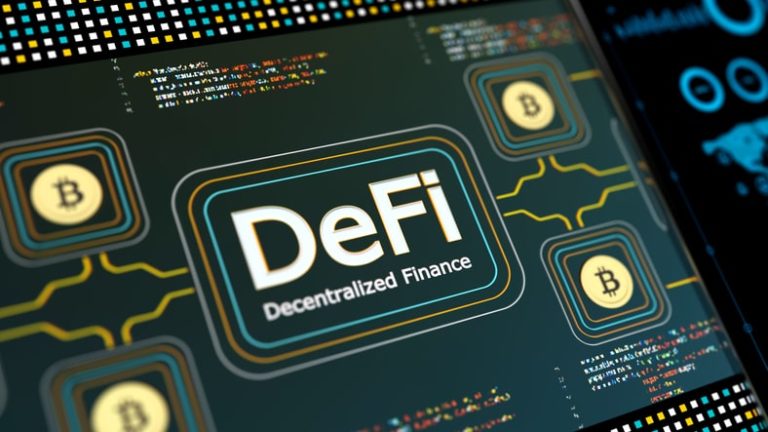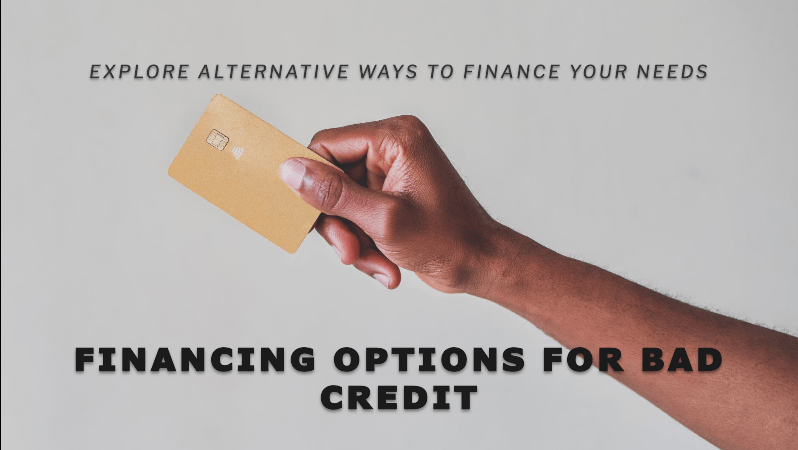DeFi lending and crypto investments slightly jarred the financial industry in early 2021. It is a big deal in trading and investments now with big crypto-cash going in and out. Aside from bringing big money are some decentralised perks: They are unhinged from third-party controls and limitations, using blockchain’s direct and decentralised methods. User data, identity, and privacy are protected as well.
DeFi lending platforms facilitate these transactions: Important protocols, online apps, and services that are part of the decentralised infrastructure. Each DeFi lending platform featured in this report has its advantages and available services for top trading and lending activities.
We have ten current well-known contenders that are well-deserved in their spots for the sometimes elusive but highly lucrative cryptocurrency gains.
What makes them Top DeFi Lending Platforms?

The list of DeFi platforms we included in this feature has these top factors in common:
• High interest rates for investors.
• High-level and easy liquidity (the conversion of assets to fiat currency)
• Useful tools, facilities, online apps, sites, and resources.
• Secure processing.
• The platform’s track record in making good crypto investments online.
Here is a collection of high-performance platforms with the best services for DeFi crypto trading and investments. The results will still be based on your trading experience and your preferred types of investments to use.
• UNISWAP – Established in 2018, they are the current biggest decentralised exchange. It is their main goal to provide an open-access crypto market that reaches many crypto forms and trades.
They already have a reputation for their decentralised exchange protocol mainly in liquidity pools, with easy liquidity and trades for Ethereum and ERC20 tokens. Their 200 plus DeFi integrations and suite of crypto tools aid investors in easier trading.
• AAVE – Is not an acronym but an actual Finnish word for ghost. No relation to the noun or the verb, AAVE specialises in flash loans, or trustless and uncollateralised DeFi crypto loans with a simultaneous borrow and repay strategy for trading transactions. It mainly uses LEND and Ethereum with a decentralised, non-custodial liquidity market protocol system.
• Compound – A well-known name in crypto loans used for collateral investing. They have an algorithmic-based, autonomous interest rate protocol that developers and investors tap into, using compound interest. Assets are converted into their native cTokens for trading and interest building.
Their site layout is complete with thorough guides and resources for info on their protocols, how they work, and Compound’s system of investing. Each section has audit reports and detailed notes per year or period regarding various trade activities.
The interlinked app is just a click away at the right. It has a simple and easy-to-use trade dashboard with all available borrow and supply crypto sources for convenient transactions.
• Maker – or MakerDAO, provides crypto borrowing services. They have the distinction of being the first DeFi first widely used. Maker has a heavy commitment to stabilising the crypto industry, and further optimising the tech side. Their website includes a portal for developers for open collaboration, as well as forums and a wealth of resources for use with the Maker trading platform.
Maker deals with DAI (which is attached to the US Dollar) and MKR on their two-token system. You can use Ethereum and a MetaMask (Google Play extension) wallet for trading into DAI and then using its format for trading and investments.
• Curve – This platform is an Ethereum based exchange protocol that deals with exchange liquidity pools (with 7 types each). It is the newest of the lot, launched in Jan 2020. It has an “old school” simple and streamlined look on its website. However, it is loaded with services, info pages, and resources for all types of available trades, and money-making crypto activities.
The services and top performance of the site include links using Telegram, Discord, Github, Dune Analytics, and Developer Docs for open collabs with crypto developers.
• InstaDApp – It is a versatile crypto wallet founded in 2018, and claims to be the most advanced DeFi platform. Newer and seasoned traders and investors can deal and lend collateral crypto and invest in pools. The platform’s governance token is the INST, which gives decision-making privileges to token owners.
InstaDApp and their website were designed to include newer crypto finance users and make trading and investments easy to navigate. They also have Developer Docs for open collaborations with developers with a crypto vision. InstaDApp has a presence in Twitter, Discord, and Github among others.
• dYdX – was formed in 2017 for dealing perpetual contracts, margins, and liquidity – in the fastest and most powerful open trading platform. This includes Layer 2 transactions with low fees and no gas costs. Their list of global investors boasted on their site adds to their reputation of trading performance.
They are well represented in major DeFi-aligned socials including Twitter, Github, Discord, YouTube, Reddit, and LinkedIn, while serving Developer Docs for aspiring future developer collaborators. Their full-resource site and trade desk apps online are well integrated as the previous platforms discussed.
• Yearn – or Yearn Finance features aggregator crypto lending, with automated protocols that give better yield farming to maximise earnings. Assets are tradeable to yTokens and go through its auto protocols to maximise its liquidity actions. It has its governance token, YFI, given to its users, and allows decisive actions counted when making changes.
The site offers a wealth of resources, community links, and social media connections to Discord, Github, Medium, Telegram, Twitter, et al. as other DeFi platforms here show, putting the hub in one site with easy navigation.
• Synthetix – Was formerly a stablecoin called Havven in its previous form. It emerged newly engineered as a DeFi platform by 2019. It uses a derivatives liquidity protocol for maximised derivatives trading.
They also specialise in Synths, or synthetic assets, created by their commodity by voting, and is assigned the value of different types of assets. The ERC-20 SNX token is used for collateral against these Synths, which are then used for crypto trading and other functions.
• Balancer – This DeFi platform uses the Balancer protocol that maintains its high-performance Automated Market Maker. This also allows for trading in ongoing pools, and also creating new pools to invest in. The pools are rebalanced by traders maintaining these pools as well. Balancer also created their own native trading token BAL or Balancer. mainly used for liquidity mining.
Their app is simpler with two basic activities: Investment Pools and Crypto Trading, and using either Ethereum or Polygon crypto. The rest of the site carries a well-balanced collection of resources, community links, and builder links for developers to create future applications using their established codes and protocols.



